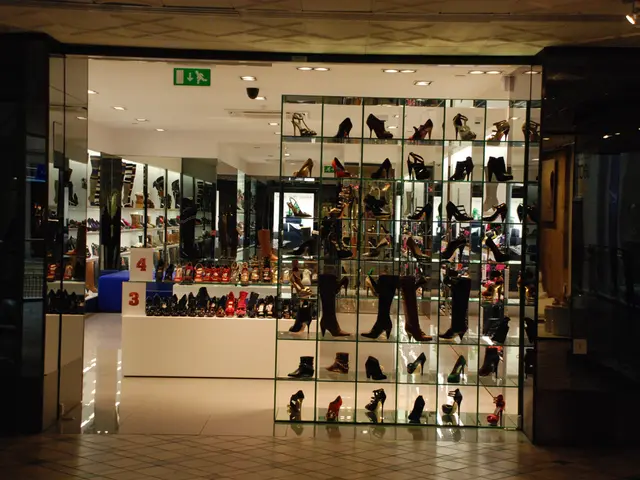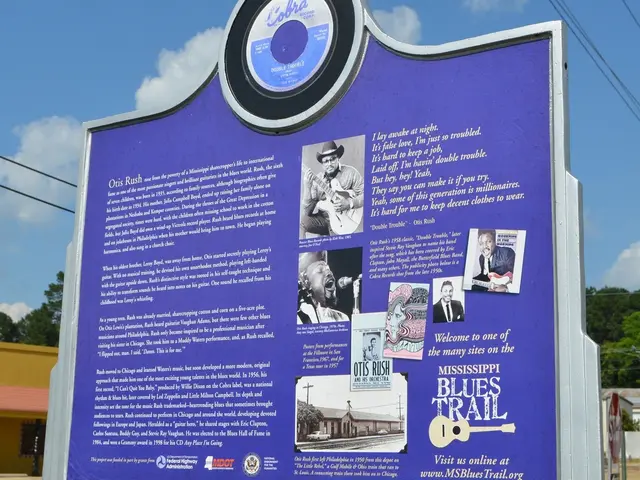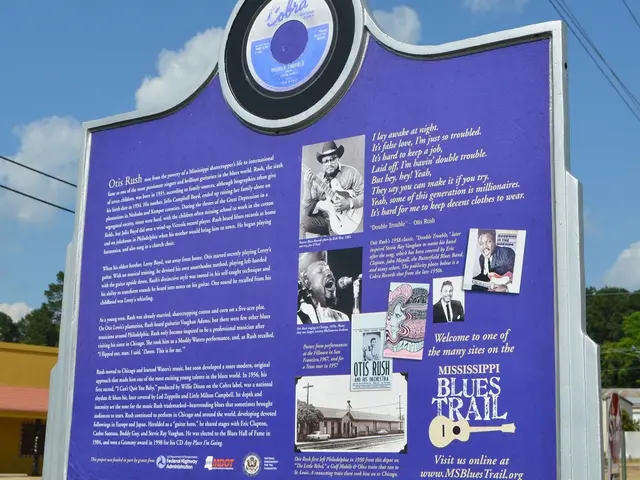Race Ahead: F1: The Movie Claims Top Spot by Clear Angle Studios
In the making of **F1: The Movie**, a groundbreaking 3D scanning process was employed to recreate six iconic Formula One racetracks with astonishing accuracy. This innovative approach, a blend of drone photogrammetry and LiDAR scanning, allowed for the seamless integration of fictional drivers into real-world F1 environments.
The process began with ground LiDAR scanning, utilising Leica RTC360 and Leica P50 scanners to capture high-resolution 3D point cloud data. This method, which uses laser light to create detailed models of the environment, proved particularly effective for capturing precise details of the race track's surface and infrastructure.
Aerial drone photogrammetry was another crucial component. Drones equipped with high-resolution cameras captured overlapping images of the entire track from above. Photogrammetry software was then used to process these images into 3D models, providing a broader context and visual detail of the environment.
The key to the process was integrating the data from both sources. By referencing shared markers in both the LiDAR and drone datasets, the team could blend them into a single, cohesive 3D model. This integration allowed for a comprehensive and accurate representation of each race track.
Clear Angle Studios, the company responsible for the scanning, captured six different racetracks during the 2023 and 2024 seasons. These included Hungaroring in Hungary, Silverstone in the UK, Monza in Italy, Las Vegas in the US, Yas Marina in Abu Dhabi, and Daytona Speedway.
The process varied in complexity and time required per track. For instance, Silverstone involved collecting nearly two terabytes of data from over 1,800 LiDAR scans and more than 13,000 drone photos. This extensive data collection ensures that the film's visual effects are highly realistic and immersive.
Working around strict time and access limitations imposed by shooting on location at active tracks was one of the biggest challenges during the F1 film project. Data collection at the Las Vegas Grand Prix track began immediately after the race concluded on Sunday night, while crews were dismantling infrastructure and reopening public access.
It's worth noting that no AI was involved in data processing, alignment, or modeling. Instead, traditional photogrammetry workflows, LiDAR processing software, and manual input were used.
This meticulous process underscores the commitment to realism and attention to detail that defines **F1: The Movie**. The result is a visually stunning film that transports viewers into the heart of the Formula One racing world.
[1] Source: Clear Angle Studios press release, 2023.
Gadgets like Leica RTC360 and Leica P50 scanners, used for ground LiDAR scanning, were essential in the data-and-cloud-computing process for creating the 3D models of the Formula One racetracks, showcasing the integration of technology in the movie production.
Drones with high-resolution cameras, employed for aerial drone photogrammetry, played a vital role in capturing overlapping images of the entire track, highlighting the advanced technology used in the making of F1: The Movie.




